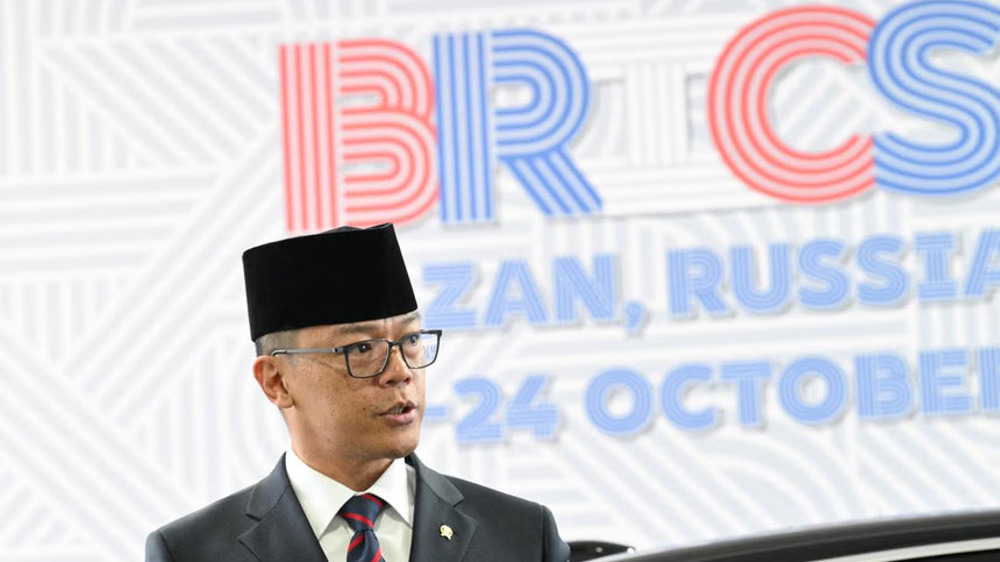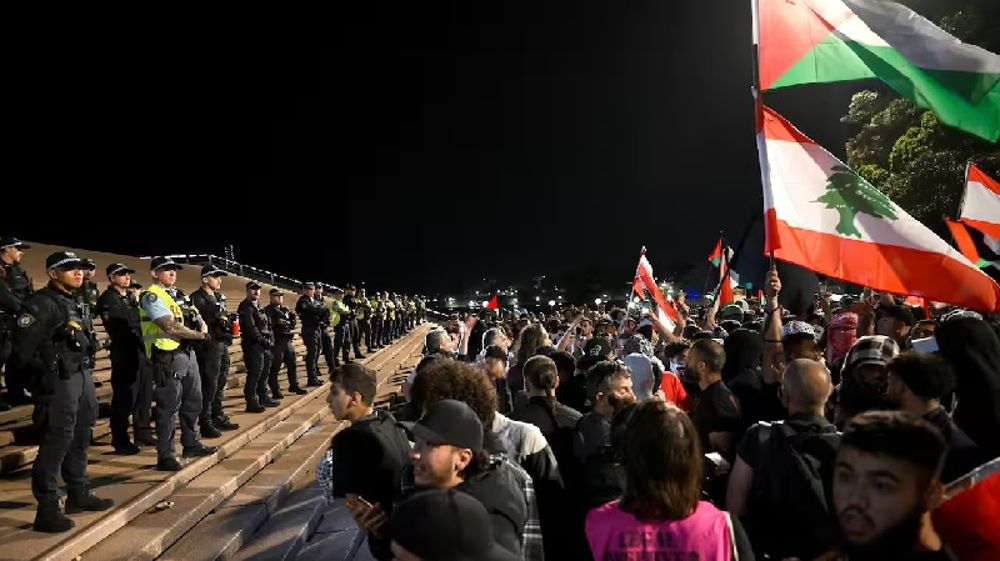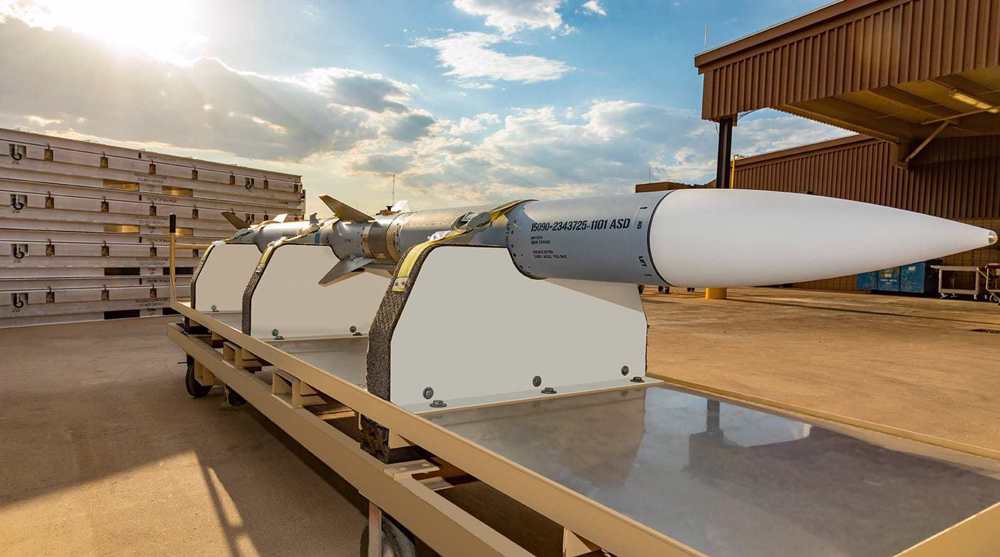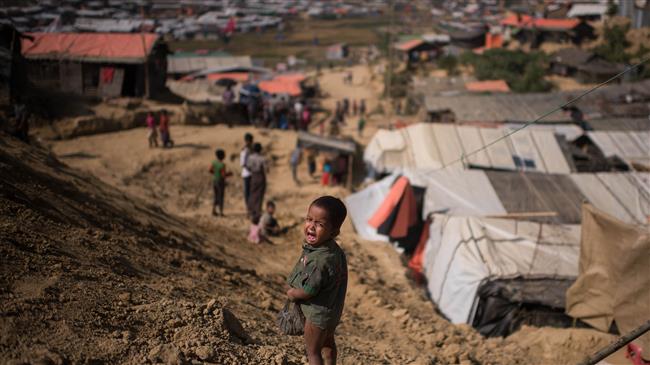Bulldozing the past: Myanmar erasing evidence on Rohingya
Myanmar’s government has been destroying villages in Rakhine State and the physical evidence of state-sponsored violence committed against the Rohingya Muslims there, a report says.
The Guardian reported on Monday that Myanmarese authorities were destroying areas where thousands of Rohingya Muslims lived before either being killed or fleeing to Bangladesh amid deadly government-sponsored violence in Rakhine.
“Bulldozers and backhoes are parked beside new, blue-roofed homes, built by a government agency chaired by state counsellor Aung San Suu Kyi,” the report said, referring to Myanmar’s de facto leader.
According to the newspaper, the authorities plan to settle non-Rohingya individuals in the new homes.
Inn Din village administrator Kyaw Soe Moe said during a government-organized media tour of northern Rakhine late last month that the new homes would soon be occupied by “Rakhine, Chin, Bamar, and Hindu people from other parts of the country.”
The United Nations (UN) Independent International Fact-Finding Mission on Myanmar, whose report last month called for the country’s military leaders to stand trial for “genocide” against minority Rohingya Muslims, said the purpose of the bulldozing and construction was “the removal of the Rohingya and all traces of them and their replacement with non-Rohingya.”
The Guardian further said that the construction boom also aimed to destroy the physical evidence that could be used in a potential tribunal.
Tens of thousands of Rohingya Muslims were killed, injured, arbitrarily arrested, or raped by Myanmarese soldiers and Buddhist mobs mainly between November 2016 and August 2017, when many of the surviving members of the community started fleeing to Bangladesh en masse.
Doctors without Borders, known by the French acronym MSF, has estimated that at least 6,700 Rohingya were killed between August 25 and 24 September 2017, but less than 100 bodies have been recovered.
“It’s a big question I ask myself: where are all the dead bodies?” said Chris Lewa, head of the Arakan Project, a human rights organization documenting the atrocities against the Rohingya community. “A year later, how will we find out? If we find bones, how will we know how or when they were killed, or whether they were killed at all?”

“As the past is bulldozed, the future chances of a Rohingya return look bleak. On the ground, efforts to erase their historical presence appear to be succeeding,” The Guardian wrote.
The UN says nearly 700,000 Rohingya Muslims have fled to Bangladesh from Myanmar’s Rakhine State since August 2017.
Myanmar and Bangladesh agreed in January to complete a voluntary repatriation of the refugees in two years. The repatriation, however, was delayed due to a lack of preparation as well as protests staged by Rohingya refugees against the plan to send them back to Myanmar while conditions were not safe for their return.
Kyaw Soe Moe, the administrator of Inn Din, said, “I don’t think the Muslims will come back.”
‘Myanmar can’t avoid accountability’
Meanwhile, a member of the UN fact-finding mission said Myanmar’s destruction of evidence won’t help it avoid accountability as there is other evidence that crimes occurred and were systemic.
“The [land] clearance is certainly destroying evidence, including of probable graves and sites of burning bodies, but it does not prevent accountability because of the great mass of other evidence,” Christopher Sidoti said.
Sidoti added that he and his colleagues had managed to collect sufficient witness and victim evidence to compile pre-prosecution briefs, which could one day be used by prosecutors.
The UN Human Rights Council has also created an “independent mechanism” to collect evidence — which links individuals to specific crimes — for a future tribunal.
Kingsley Abbott from the International Commission of Jurists said damaging evidence is treated as a separate offence and may leave Myanmar’s leaders more vulnerable.
Tehran rejects Elon Musk’s role in release of Italian journalist as ‘media fantasy’
Pezeshkian: Iran open to talks but prepared to crush enemy if attacked
Araghchi: Iran-Russia strategic deal step toward ‘more just world’
UNRWA unraveled amid Israel's allegations, reduced intl. support
Palestinian journalist, a Sobh Media Festival awardee, killed in Gaza hours before truce
Jan. 15: ‘Axis of Resistance’ operations against Israeli occupation
VIDEO | Fears, hope in Gaza amid intensified ceasefire efforts
VIDEO | Press TV's news headlines















 This makes it easy to access the Press TV website
This makes it easy to access the Press TV website